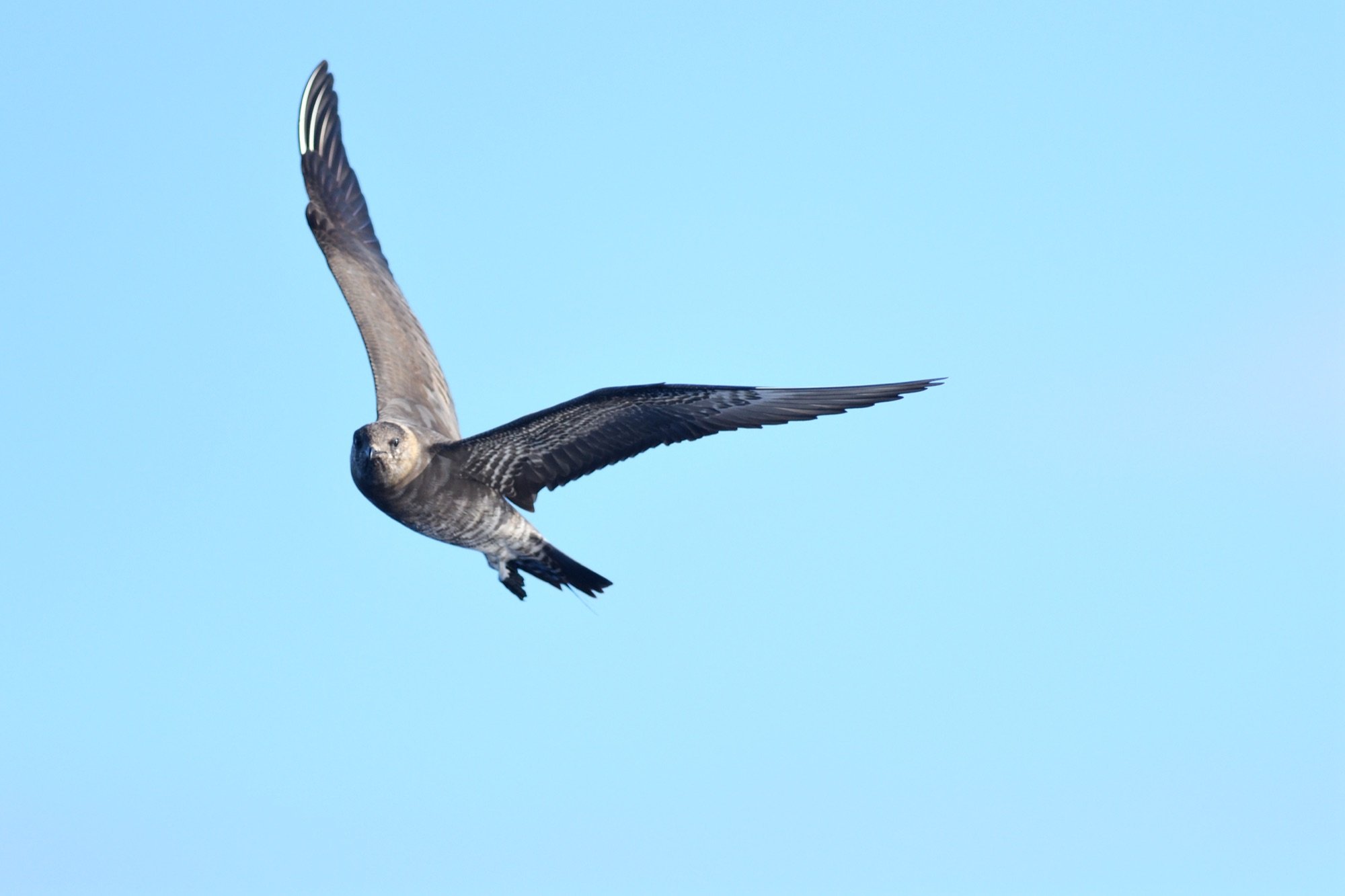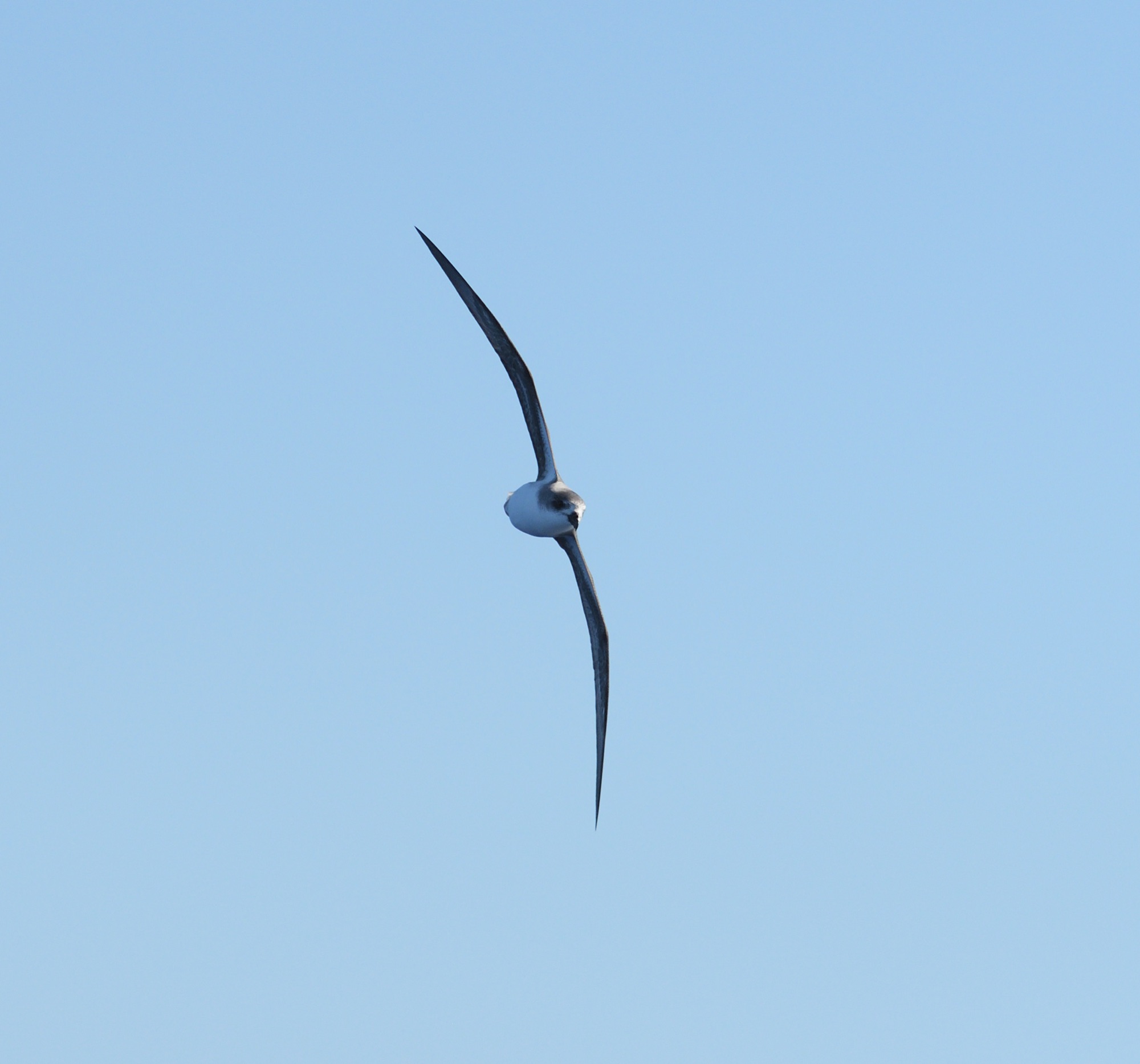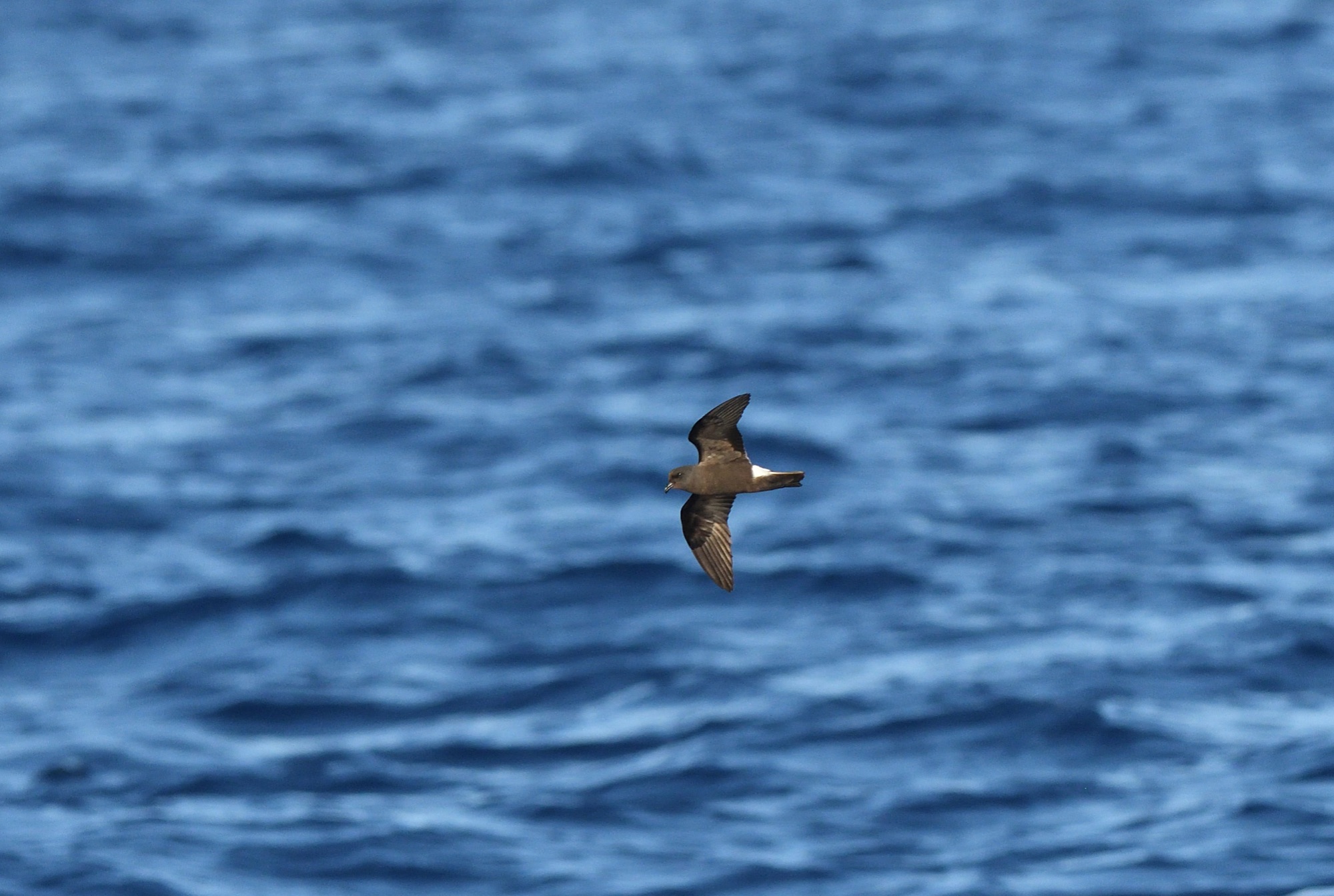MADEIRA - SEABIRDS and MACARONESIAN ENDEMICS
Day 1 Arrival in Madeira
Arrival at Cristiano Ronaldo International Airport, Madeira today and transfer to our hotel where we will spend the next 5 nights. We are not planning any specific activity today, but birders being birders we might just pop out for an hour to find our first Trocaz Pigeon or Berthelot's Pipit this afternoon.
Day 2 All day land birding & Zino's Petrel night excursion
We will have a full day out visiting the best birding spots on the island searching for Trocaz Pigeon, Plain Swift, Berthelot's Pipit, Madeiran Firecrest and Spectacled Warbler. There are, of course, a number of subspecies endemic to Madeira and Macaronesia so we should make every effort to see these as everything is getting split these days! So we will look for Common Buzzard (harterti race), Eurasian Sparrowhawk (granti race endemic to Madeira and Canary Islands) , Common Kestrel (canariensis race confined to Madeira and Canary Islands), Eurasian Blackcap (heineken race), Common Blackbird (cabrerae race confined to Madeira and Canary Islands), Grey Wagtail (schmitzi race), and the most probable to be split first, Common Chaffinch (maderensis race).
After dinner we will make the pilgrimage to a breeding colony of Zino's Petrel up in the mountains (1800m) on the highest peaks of Madeira. We will be able to hear them calling and probably see the silhouettes of the adults flying to and from their nesting burrows where, at this time of year, they will be feeding young. It's going to be an amazing experience as the starry sky and atmospheric petrel calls are going to create a never-to-beforgotten experience. What a first day this promises to be!
Days 3 - 5 Pelagic Seabirding
The pattern for these next few days is based around the three pelagics that head out of Machico Harbour around 3pm every day and last for approximately 7 hours. These three long afternoons are a true pelagic adventure out in the western North Atlantic Ocean and can be classed as the ultimate birdwatching experience aiming to observe at a very close range the greatest number of tubenoses in the Western Palearctic and we'll also have some close encounters with cetaceans as well. Each afternoon we will visit different areas, with the first afternoon heading to a particularly reliable area for the first of our target Pterodroma's - Zino's Petrel. This species only breeds in the mountains of Madeira and BirdLife International currently place the population between 90-110 mature individuals, so it is an extraordinarily rare bird. But we have an outstanding chance of observing this mega at quite close range.
The second pelagic will focus on the other key Pterodroma found in these waters - Desertas Petrel. Formerly lumped with Zino's and Fea's Petrels under the umbrella of Soft-plumaged Petrel, this bird breeds in the Desertas Islands close to Madeira. We will head to an area of very deep water near Bugio Island and are expecting some crippling views of this species as we set out our chum.
The third afternoon is more flexible and depends on what we haven't seen yet and we can return to previously visited areas if we still need either of the major Pterodroma petrels or try somewhere new and maybe find a White-faced Storm-Petrel.
During these three pelagics we will come across a number of other mouth-watering ocean-going species and will have numerous sightings of Bulwer's Petrel, as well as flocks of Cory's Shearwaters and we can spend quite a bit of time studying both species. At this time of year there should be a few Great Shearwaters present, as well as hopefully a fine Long-tailed Skua can give us crippling views too! And we also have our final two target species of Wilson's and Madeiran (Band-rumped) Storm-Petrels to search for, the latter breeds on small islands around Madeira and we hope to get both species feeding over our chum slick! Anything else will be a bonus, but let's be optimistic and hope for a Barolo Shearwater, one of the Little Shearwater splits, and is restricted to the Northern Atlantic Ocean or maybe a rarity such as South Polar Skua or Swinhoe's Storm-Petrel.
We will also divert our course to observe any cetaceans and our last visit produced Atlantic Spotted Dolphin and a pod of Sperm Whales. Other species present in these waters include Common Bottle-nosed and Short-beaked Common Dolphins and Short-finned Pilot Whale.
In between these pelagics we will have 3 leisurely mornings either to catch up on our sleep, and that's important when you are spending so much time out in the ocean, or making a few easy birding excursions to search for the 2 islands endemics Trocaz Pigeon and Madeiran Firecrest, as well as the other Macaronesian endemics.
Day 6 End of Tour
The tour concludes after breakfast this morning but depending on flight departure times we could take one last look for any species we still need or want to photograph.
All photos copyright Nick Bray/Zoothera Birding
All photos taken from our 2017 visit.
Just hover your cursor over each photo for info.












